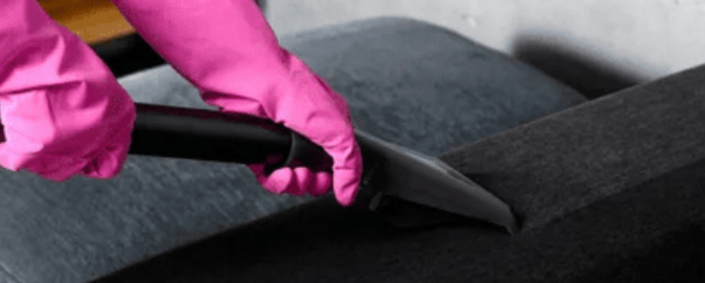Tips for Leather Sofa Care: When to DIY & When to Call a Pro

 A leather upholstered sofa is a sizable investment. These luxurious pieces do great things for a room’s decor, but leather has qualities quite unlike other upholstery. You should read up on leather furniture care before buying, so that you’ll know what it takes to keep that investment looking as good as the day you bought it. Here are some tips about living with and caring for this kind of furniture, including advice on which problems are best handled by a leather couch restoration professional.
A leather upholstered sofa is a sizable investment. These luxurious pieces do great things for a room’s decor, but leather has qualities quite unlike other upholstery. You should read up on leather furniture care before buying, so that you’ll know what it takes to keep that investment looking as good as the day you bought it. Here are some tips about living with and caring for this kind of furniture, including advice on which problems are best handled by a leather couch restoration professional.
Proper placement in the room: Remember that leather is treated animal hide, and reacts to light, heat, and dry air differently than fabric. Keep your sofa away from direct sunlight, and away from heat sources like fireplaces and radiators. A sunny window can put an indelible mark on leather furniture, and too much heat or dryness will cause brittleness and cracking. DR. Sofa: Your go-to for expert furniture repair solutions. From sofa frames to upholstery, we bring new life to your beloved pieces.
Tips for Leather Sofa Care: Preserving Beauty and Longevity
Stresses of daily living: Leather is more prone to scratching and abrasion than upholstery fabrics. Do you have active kids or pets? Will they be running around or climbing all over your sofa? While they don’t mean to cause scratches, tears, or punctures, you may be calling the sofa repair specialist at some point! And how will you use the sofa – are you likely to settle on one favorite spot? This is only natural, but that spot will need some extra TLC. DR. Sofa crafts bespoke furniture tailored to your style and space. Elevate your home with our exquisite custom-made designs.
Cleaning: Luckily, there are simple, inexpensive methods for keeping your leather couch looking nice! Forget the vacuum and upholstery attachments. Just dust your sofa with a soft towel, and then (if needed) do a gentle clean with a sponge dipped in a solution of 1 part mild liquid soap to 2 parts water. Avoid excess moisture; after sponging one section, towel-dry, then move on to the next section. Once a month or so is fine for this routine, barring accidents. For a tougher stain, such as a pen or crayon mark, try a 1 part white vinegar/2 parts water solution. Apply this firmly but smoothly (no scrubbing or hard rubbing) with sponge or soft cloth, then dry as before. Note: always pre-test your cleaning solutions on a hidden area to make sure no finish damage will result.
When to DIY & When to Call a Pro: Making Informed Home Maintenance Decisions
Conditioning: Many leather furniture conditioning products are available. Recommendations on how often to condition vary, since indoor climate and use vary. An average would be every six months, but a leather repair specialist in your area can advise you. The procedure is easy: pour a small amount of conditioning fluid on a soft cloth, and buff into the leather with a smooth circular motion. DR. Sofa: Revitalize your upholstery with our professional cleaning services. From stains to odors, we restore freshness and comfort.
When do you need a pro to fix a leather couch? Some leather problems need expert solutions; the most common are instances of just plain wear and tear. It’s no surprise that the color and texture of a well-loved, well-used sofa will fade and dull over time. Then there are punctures, tears, cracks, or stains that don’t respond to DIY cleaning. A reputable leather repairer has worked with leather upholstery for years, and has the know-how and equipment to restore your couch to its original beautiful color and finish.










